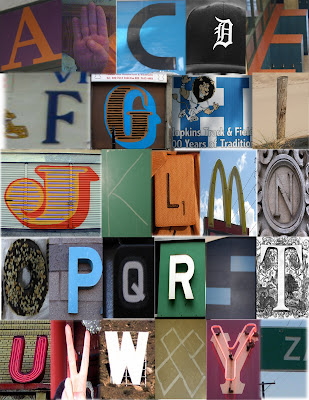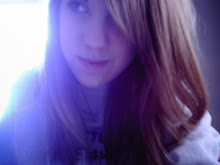Tuesday, March 24, 2009
Tuesday, March 17, 2009
design workbook
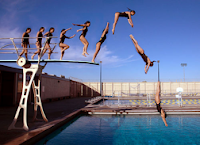
this picture shows movement because its pretty obvious that the swimmer looks like they are moving through the picture to dive into the water.
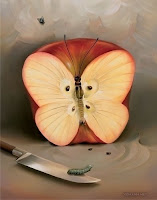 this picture shows variety, or the use of several elements of design to hold the viewer's attention. line, color, and shape are all being used in this picture.
this picture shows variety, or the use of several elements of design to hold the viewer's attention. line, color, and shape are all being used in this picture.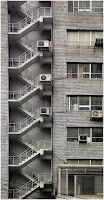 this picture shows unity, or the feeling of harmony between all parts of the artwork. this is shown with the fire escape latter drawing your eye all the way up and down the picture.
this picture shows unity, or the feeling of harmony between all parts of the artwork. this is shown with the fire escape latter drawing your eye all the way up and down the picture.

this picture works for pattern because of the way the shapes on the volcano go from circle to square and back to circle.
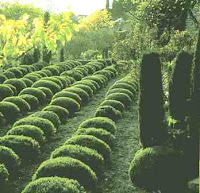
i think that this picture works for rhythm because every website i looked on said that rhythm is also known as repetition. this picture demonstrates rhythm with all the little shrubs.
Monday, March 16, 2009

this picture works for texture because the surface quality of the image appears to be rough. looking at the picture, you can almost imagine how the tree would feel.

this picture works for shape because it contains lines that cross themselves and intersect with other lines to create an object.

this image works for value because it shows a range of lightness and darkness.

this picture works for color because it contains some of the primary colors on the color wheel.
 this picture works for form because it gives the viewer the effect of three dimensionality.
this picture works for form because it gives the viewer the effect of three dimensionality. this image works for line because it contains all of the characteristics of the line element. Those characteristics include width, length, direction, focus, and feeling.
this image works for line because it contains all of the characteristics of the line element. Those characteristics include width, length, direction, focus, and feeling.
this image works for space because it appears to be three dimensional. you almost feel like you could walk into the painting.
Monday, March 2, 2009
Thursday, February 26, 2009
Wednesday, February 25, 2009
Wednesday, February 18, 2009
Tuesday, February 17, 2009
Thursday, February 12, 2009
Monday, February 9, 2009
questions #3
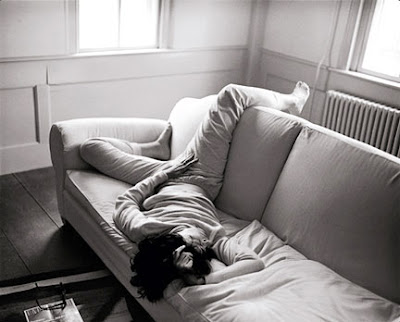
1. very simple camera with no lens and a single very small aperture. a light-proof box with a small hole in one side. Light from a scene passes through this single point and projects an inverted image on the opposite side of the box
2. Annie Leibovitz was born in Waterbury, Connecticut on October 2, 1941. Shes Jewish. Because her father was in the military, Annie got her first assignment to take pictures from her father. Her assignment was to take pictures while the family was in the Phillipeans. When she was older she attended the San Fransisco Art Institute. She took pictures for Rolling Stones magazine in 1970. She also took pictures for the magazine Vanity Fair.
3. John Lennon, Yoko Ono, Demi Moore, and Leslie Nielsen.
Friday, February 6, 2009
Wednesday, February 4, 2009
Tuesday, February 3, 2009
second set of questions
1. an optical element (the lens), a chemical element (the film) and a mechanical element (the camera body itself)
2. manual single-lens-reflex. this is a camera where the photographer sees exactly the same image that is exposed to the film and can adjust everything by turning dials and clicking buttons.
3. controls the amount of light that reaches a cameras sensor.
4. it controls how fast or slow the light comes through and hits the sensor.The mirror in an SLR camera directs the real image to the viewfinder. When you hit the shutter button, the mirror flips up so the real image is projected onto the film.
5. balance film speed, aperture size and shutter speed
6. low because there is already a lot of natural light being used to take the picture. the need for false light is diminished.
7. processing, completeing the development phase by rinsing the film or using stop bath, the silver crystals are removed, film is washed in water.
8. gelatin, the negative image, photographic paper and an enlarger
9. silver
2. manual single-lens-reflex. this is a camera where the photographer sees exactly the same image that is exposed to the film and can adjust everything by turning dials and clicking buttons.
3. controls the amount of light that reaches a cameras sensor.
4. it controls how fast or slow the light comes through and hits the sensor.The mirror in an SLR camera directs the real image to the viewfinder. When you hit the shutter button, the mirror flips up so the real image is projected onto the film.
5. balance film speed, aperture size and shutter speed
6. low because there is already a lot of natural light being used to take the picture. the need for false light is diminished.
7. processing, completeing the development phase by rinsing the film or using stop bath, the silver crystals are removed, film is washed in water.
8. gelatin, the negative image, photographic paper and an enlarger
9. silver
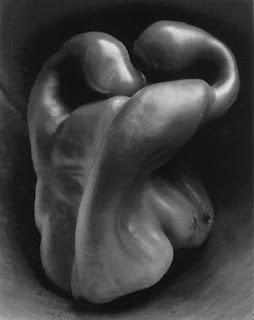
What is compact digital camera?
- designed to be small and portable. designed to be easy to use. images are stored as a JPEG. low power built in flash. limited motion picture capability. zoom capability. greater depth of field. made for casual "snap shot" use.
What is a bridge digital camera?
- type of high end digital camera. lacking the removable lens, larger sensors, mirror, and reflex system the the DSLRs have. almost all feature manual controls. similaur to DSLRs.
What is a digital SLR?
- digital single lens reflix camera (DSLR) uses a mechanical mirror system and pentaprism to direct light from the lens to the optical veiwfinder on the back of the camera. preffered by professionals.
Edward Weston...
Edward Weston was born on March 24th, 1886 in Highland Park, Illinois. Most of Weston's childhood was spent in chicago where he went to school. At sixteen years old, he began taking pictures with a Bulls Eye #2 camera that he was given to by his dad. In 1906 Weston pubilshed his first photograph. And on Janurary 1st, 1958 Edward Weston died.
What intrigued me about this picture was the fact the Weston was able to in a sense make the pepper come to life. There is a fluidity to the way the lighting is reflecting off the seemingly beautiful....vegitable. The light just hits in a way that the pepper resemembles more of a human body then i dead garden veggie. Images like this are the reason that i am so interested in photography.
Wednesday, January 28, 2009
Monday, January 26, 2009
Friday, January 23, 2009
Subscribe to:
Posts (Atom)











